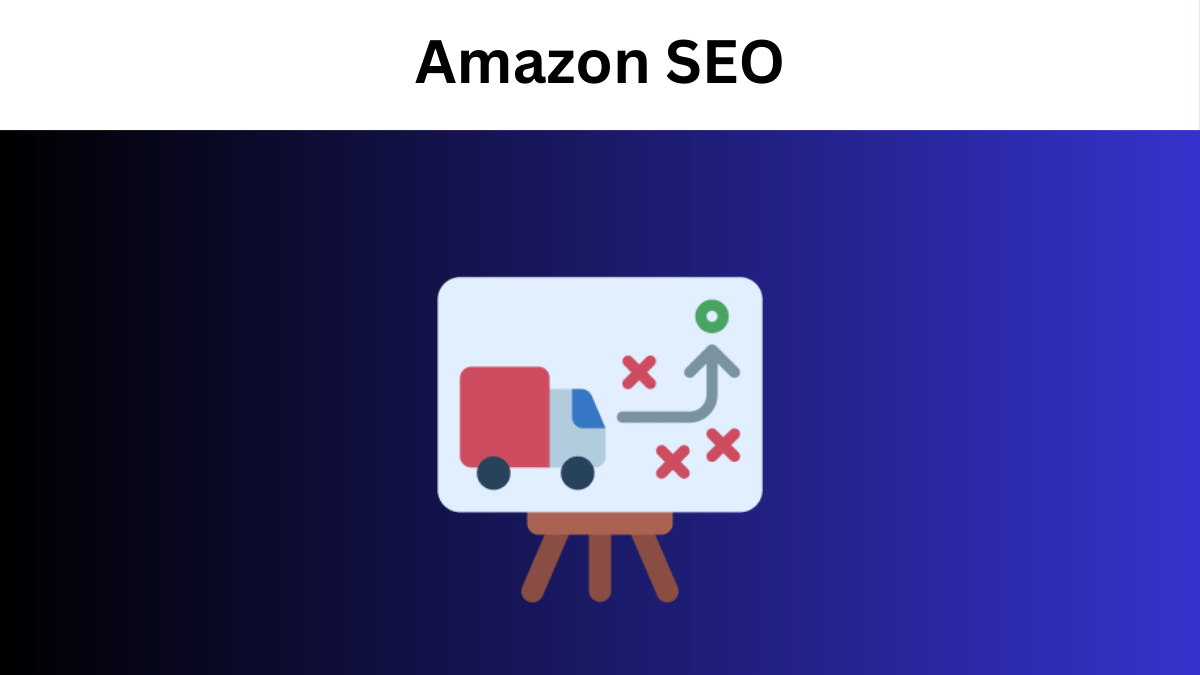Search Engine Optimization (SEO) is often only associated with Google and other search engines, but its principles are just as crucial when selling on Amazon. As the world’s largest e-commerce platform, Amazon’s search engine, powered by its A9 algorithm, determines which products appear at the top of search results. Understanding what SEO means for Amazon and how to optimize for it can significantly boost your product visibility and, ultimately, your sales.
What is Amazon SEO?
Amazon SEO is the process of optimizing product listings to rank higher in Amazon’s search results. While Google focuses on delivering the most relevant information, Amazon’s search algorithm prioritizes product listings that are most likely to result in a purchase. The higher your product ranks, the more likely it is to be seen—and bought—by potential customers.
There are several key factors that Amazon considers when ranking products, and understanding these can help you to craft an optimized strategy that works in your favor.
Key Components of Amazon SEO
Keywords and Search Relevance
At the core of Amazon SEO is keyword optimization. Keywords are the words and phrases customers type into the search bar when looking for a product. To rank well, your product listings must include relevant keywords that match customer search intent.
- Product Title: The title of your product is the most important place to include your primary keywords. It should clearly communicate what the product is while being keyword-rich. However, avoid keyword stuffing; instead, focus on making the title informative and easy to read.
- Backend Search Terms: Amazon allows you to include additional search terms in the backend of your product listing. These terms aren’t visible to shoppers but help Amazon to match your product to more relevant searches. Use this space to include synonyms, alternative spellings, and other related keywords.
- Bullet Points and Description: Your product’s bullet points and descriptions should include secondary keywords. These fields offer an opportunity to provide more details about the product while naturally integrating keywords that customers may use.
Product Performance and Conversion Rate
Amazon’s A9 algorithm prioritizes products that have a high likelihood of converting, meaning items that are more likely to result in a purchase. Several factors impact a product’s conversion rate, including:
- Click-Through Rate (CTR): CTR measures how often customers click on your product after seeing it in search results. Optimizing your title, using compelling images, and pricing competitively can help improve your CTR.
- Sales Velocity: Products that generate more sales tend to rank higher in search results. Running promotions or Amazon PPC (pay-per-click) ads can help to drive initial traffic to your product and boost its visibility.
- Product Reviews: The number and quality of reviews play a significant role in Amazon SEO. Products with more positive reviews tend to rank higher, as they give potential buyers confidence in their purchase. Make sure you encourage satisfied customers to leave reviews.
Relevance and Customer Satisfaction
While keywords and performance metrics are important, Amazon also considers how well your product aligns with customer searches and whether it meets customer expectations.
- Product Category and Attributes: Placing your product in the correct category and specifying its attributes (such as size, color, material) helps Amazon to show your listing to the right audience. Misclassified products are less likely to rank well.
- Inventory Availability: If your product frequently goes out of stock, its ranking will suffer. Keeping your inventory levels healthy ensures that your product remains eligible for high rankings.
- Customer Satisfaction Metrics: Negative factors like high return rates or poor seller feedback can hurt your ranking. Aim to provide excellent customer service, clear product descriptions, and high-quality products to keep these issues at a minimum.
Best Practices for Amazon SEO
While speaking to the experts of Amazon SEO, like Nuanced Media Services, is the preferred option to ensure you can get the most out of your Amazon SEO efforts, here are some best practices to follow:
Optimize Your Product Listings
Ensure that your product listings—titles, bullet points, and descriptions—are optimized with the right keywords. Remember, clarity and relevance are key. Your listings shouldn’t just include essential keywords but also clearly communicate your product’s features and benefits.
Use High-Quality Images
Images play a critical role in both conversion and SEO. High-quality, professional images that showcase your product from multiple angles are more likely to attract clicks. Use the maximum allowed number of images, and ensure that they meet Amazon’s quality standards, including size and clarity.
Monitor and Adjust Based on Performance
SEO is not a one-time task but an ongoing process. Regularly check your product’s performance using Amazon’s analytics tools. Track your sales, CTR, and keyword ranking, and be prepared to adjust your listings based on the data. If certain keywords aren’t driving traffic, experiment with new ones or tweak your titles and descriptions for better optimization.
Conclusion
Amazon SEO is the engine behind product discovery and sales on the platform. By focusing on keywords, performance metrics, and customer satisfaction, you can create product listings that rank higher in search results and attract more buyers. For any seller on Amazon—whether new or experienced—understanding and optimizing for SEO is essential for success. With the right strategies in place, you’ll unlock the full potential of Amazon’s search engine and drive long-term growth for your business.


Comments are closed